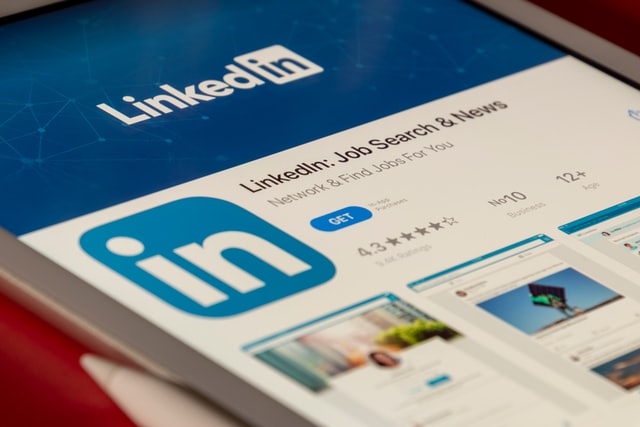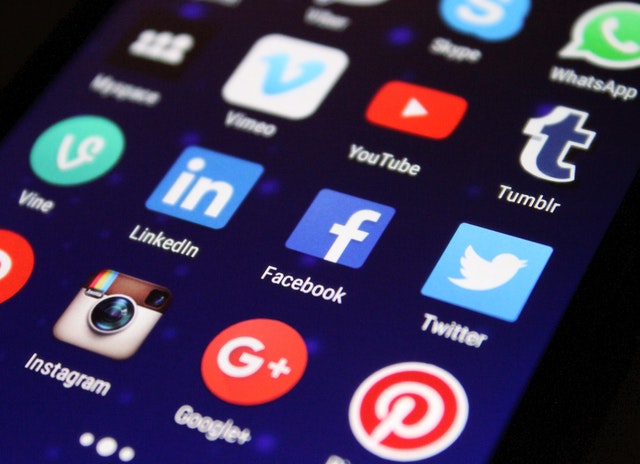As a small business owner, I’ve used social media to promote my services, demonstrate my expertise, and attract new clients. This is done primarily via blog posts, which I repurpose as articles on LinkedIn. Though I’ve used Facebook and Twitter, these sites proved less valuable for connecting with clients and now conflict with my values.
Elon Musk, in his on-again off-again decision to purchase Twitter, has caused confusion and dramatic swings in its stock price. This should not be surprising given the chaotic behavior we’ve come to expect from the mercurial Musk. I’ll soon close my account on Twitter because it is becoming embroiled in spreading misinformation detrimental to our society and potentially catastrophic in leading to further destruction of our democracy.
Three years ago, I removed myself from Facebook when it became clear CEO Mark Zuckerberg would take no responsibility for the rampant misinformation regarding presidential campaigns and COVID-19. Profits directly tied to false information spreading virally are just too enticing to take significant steps to curtail it. I believe Facebook has dramatically failed in its mission to give “people the power to build community and bring the world closer together.”
When I studied journalism as an undergraduate back in the early 1980s, I learned that the so-called fourth estate was vital to the health and well-being of our democracy. (I’m not suggesting social media is in any way a news organization, but many people seem to be treating it as such.) Back then, news reporting was respected because it was based on verifiable facts and as close to objective as possible with some notable exceptions. Fake news was relegated to the tabloids and people knew not to take seriously unverified information.
Obviously, a lot has changed since then and conspiracy theories and blatantly false information now dominate one major political party’s discourse. When someone seeks to confirm their bias, it’s easy to find cable news channels, talk radio hosts and websites that supply exactly what they’re looking for. Have we reached a post-truth era where verisimilitude matters most?
Fact finding and verification take time and money, and when we no longer financially support organizations providing that, we will be subject to those who profit from our ignorance. Many so-called news organizations choose to serve up opinion as fact and do not keep their audience informed, but merely seek to capture eyeballs and clicks for profit and power.
Accountability is becoming all too rare and when corrupt politicians and white-collar criminals are not punished for breaking the law, this lack of accountability only permeates more deeply into society. Shouting “fire” in a crowded movie theatre was once deemed not protected by the First Amendment. Today, you can tweet or post just about anything—no matter how destructive—while facing few if any repercussions. Elon Musk believes banning someone for the equivalent of shouting “fire” when there is no fire impinges on free speech.
“A randomized controlled trial on the effects of social media found that when people were paid to stop using Facebook, they spent more time socializing and reported higher subjective well-being,” wrote Seth Stephens-Davidowitz, author of Don’t Trust Your Gut: Using Data to Get What You Really Want in Life. The Mappiness Project found that of 27 leisure activities, social media ranks last in how much happiness it brings.
As much as I want to continue to promote my business and the services I offer, I will now only distribute my blog posts (as articles) via LinkedIn. I find LinkedIn continues to be a professional forum where most people post things and write articles that have some relevance to the people running and employed by businesses and organizations. My blog posts will also always be available on my website. Call me Meta-averse, but I will no longer use social media sites that run counter to my values.
“The mission of LinkedIn is simple: connect the world’s professionals to make them more productive and successful.” I suspect this could be corrupted similar to Facebook and Twitter. I’ve certainly seen posts expressing purely political perspectives or rants that clearly don’t belong on this site. Many people have gently reminded those posting them that such missives don’t belong here.
For now, I see LinkedIn as my last refuge for promoting my business and it seems the ideal place for me connect with others on a professional basis. I hope you will continue to follow me on LinkedIn, even if I am no longer available on other social media platforms.








